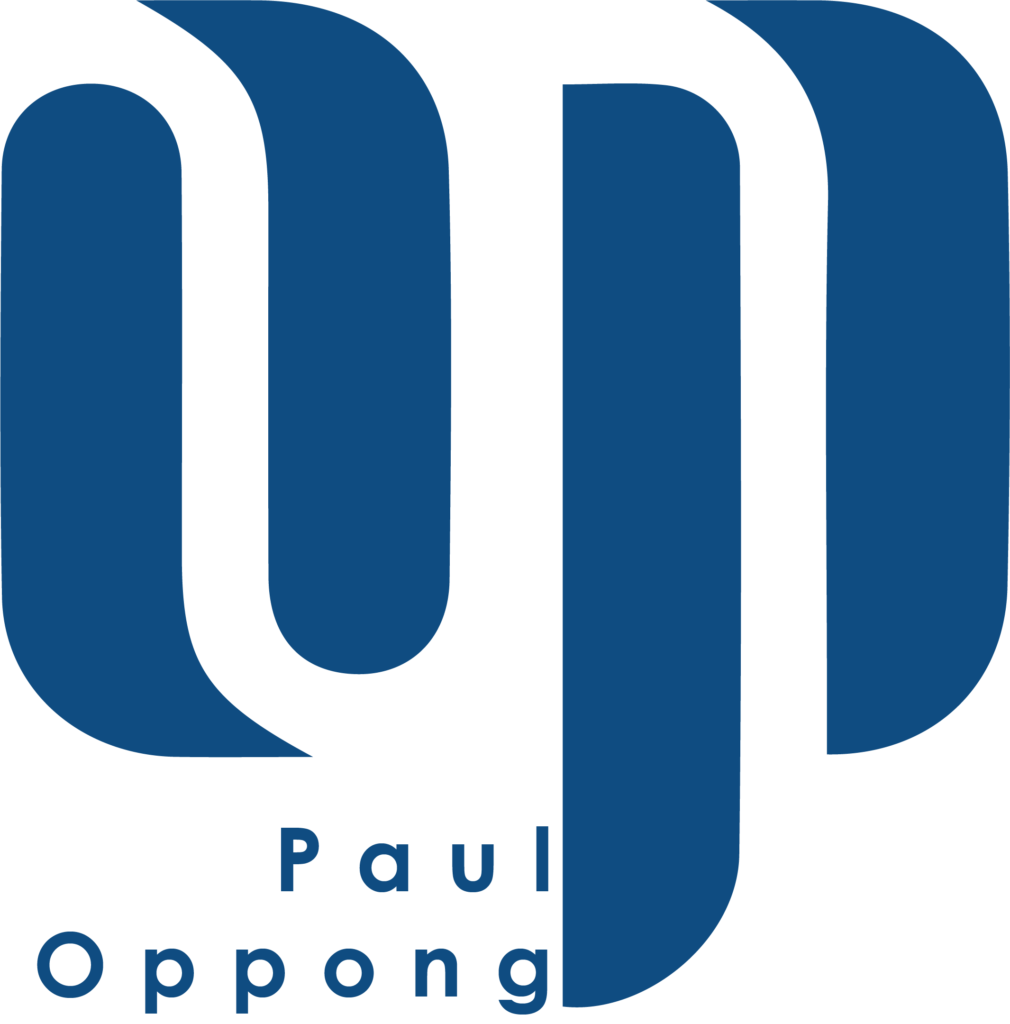Why Agile Project Management Matters
In today’s fast-changing, technology-driven world, traditional approaches to project management simply don’t work. By the time you complete a set of consecutive workstreams laid out in a linear pattern, you risk missing the mark entirely. What was irrelevant at the outset is often rendered obsolete toward the end of your organization’s continuum of portfolio management.
That’s why the industry-leading, premier organizations are moving away from classic project management tools, such as the waterfall methodology, to innovative agile project management approaches. The goal is to make an organization resilient, adaptive, and responsive to all the changes and developments occurring in the course of the project management cycle.
In layman’s terms, agile is about an organization’s ability to master change under continuous, volatile, and unpredictable circumstances to achieve its goals. At the end of the day, agile organizations provide better value to their customers, remain competitive, and produce better results.
In this article, I offer 6 tips that will help you make your organization more agile to achieve its long-term, strategic goals.
Agile planning
Most dictionaries define the word ‘agile’ as the ability to perform quick and well-coordinated movements. This is perfectly applicable to organizations striving to foster collaboration, learning, and resilience. In doing so, they take steps to break down the entire project management cycle into smaller units. These units are still logically interrelated, but the design of every following one, is shaped by changes made to the preceding one.
Make no mistake about it. To be agile, you need to make your plan agile. This means developing a portfolio that is flexible enough to adapt to contextual and exogenous changes.
In practical terms, this means designing a multi-component plan, in which you integrate milestones, regular and purposeful review points, and iterative learning and development opportunities. Make it real. Avoid paying lip service to the notions of monitoring by creating artificial targets. Look out for symptoms and signs of “fake agile” not to turn into a self-deceiving organization.
Collaboration
Organizations need strong leaders. Their strength, however, has to be rooted in teamwork and staff empowerment. No one can go it alone. Fostering a culture of collaboration and teamwork is key to agile project management.
Agile organizations create a work environment conducive to collaboration, continual interaction, and engagement with both internal and external stakeholders. They strike a healthy balance between delegation and nimble decision-making. Being on the same page about overall goals, shared responsibilities, and individual roles helps organizations perform quickly and in a well-coordinated manner.
Establishing proper communication channels, advancing the emotional intelligence of staff, and managing customer and stakeholder expectations are all important characteristics of an agile organization. Learn more about effective stakeholder management to maximize your organization’s effectiveness and efficiency.
Staying alert
This is another crucial step, and it builds on the above point about avoiding “fake agile” in your organizational culture. While it’s essential to be responsive to changes, it is no less important to be proactive and intentional about anticipating the ebb and flow of all the uncertainties and variables that affect your organization.
To stay ahead of the game, agile organizations build a broad network of relationships and use their resources creatively to analyze change and its implications. One tool that helps with organizational introspection is risk assessment, management, and mitigation planning. It allows agile organizations to constantly reassess their initial assumptions, scrutinize implications, and come up with adaptive solutions to minimize or mitigate risks.
Another important factor is a regular revision of the assumptions that informed the design of a project. These can be operational, institutional, or contextual assumptions. Keep them up-to-date.
Pause, reflect, and learn
Agile organizations are learning organizations in the first place. No one is immune to setbacks and errors, but only those who are able to draw lessons from the mistakes made are going to succeed in the grand scheme of things.
Be purposeful and intentional about specific opportunities for taking a step back, analyzing progress in the context of current or recent developments, and identifying gaps and opportunities. Treat these as high leverage points, which will allow you to maximize impact. Be clear about these opportunities and modes of engagement with your staff and stakeholders from the outset. Remember that every point will be a notch on their belt.
Corrective action
Clearly, any lesson is worth the effort if followed by action. Capitalize on your learning by taking corrective action. Every next phase in your portfolio must be better thought-out and managed than the preceding one.
This applies to both systems and people. Empower your staff to seek continuous learning and improvement. Refine your systems and structures to deliver better results. Adjust your organizational design to make the most of digital transformation.
Iterative cycle
Last but not least, institutionalize the continuous process of learning, adjusting, and improving. This is an iterative process based on incremental progress. It does not only make organizational investments and efforts sustainable. It also ensures that your organization is adequately equipped to weather the storm of frequent and unexpected changes.
Moreover, agile organizations have an edge when it comes to managing uncertainty and volatility. They are emboldened by robust learning efforts. Furthermore, standardized cyclical work processes in the organization benefit them most. Change management is a notoriously difficult process in any organization, but made easier in agile organizations.
Final Thoughts
Organizational change has to be managed in tune with external fluctuations and perturbations. Whether it’s seismic shifts or minor tremors, agile organizations must be adequately equipped to anticipate, scrutinize, and adapt to their impact and implications. This is an iterative process, which should involve all in an organization.
Continuous and incremental improvements lie at the core of building agile organizations. Leaders of such entities take purposeful action to make these improvements genuine, widely shared and owned within the organization, and sustainable. Those organizations that strive for incremental, intentional, and continuous improvements have the highest chance of success in today’s fast-changing and super-competitive world. Until next time, you are up to date.

